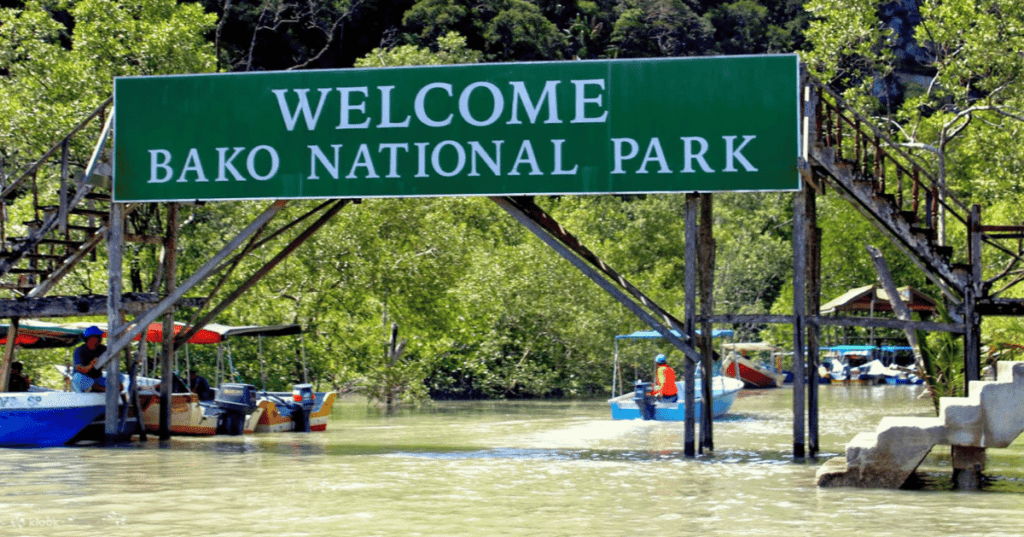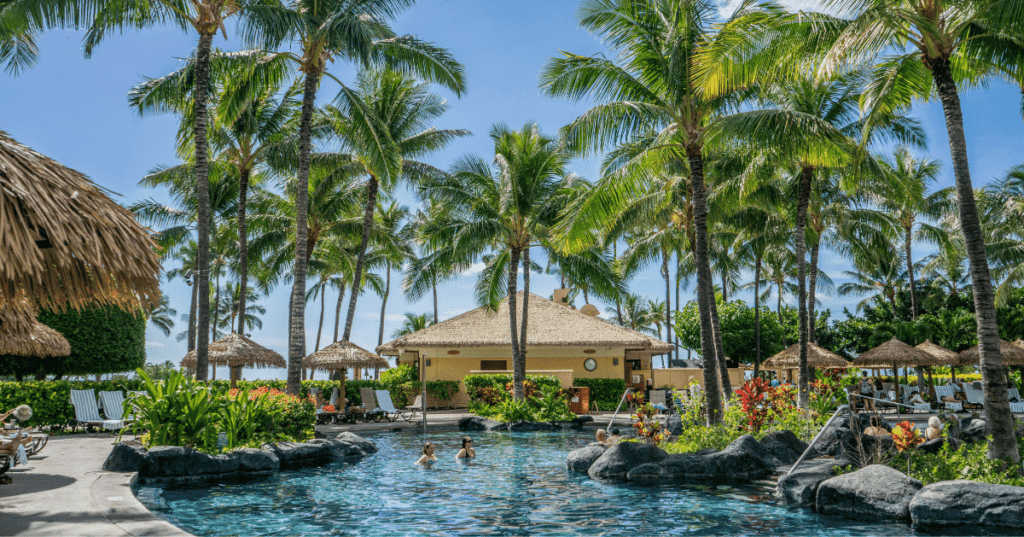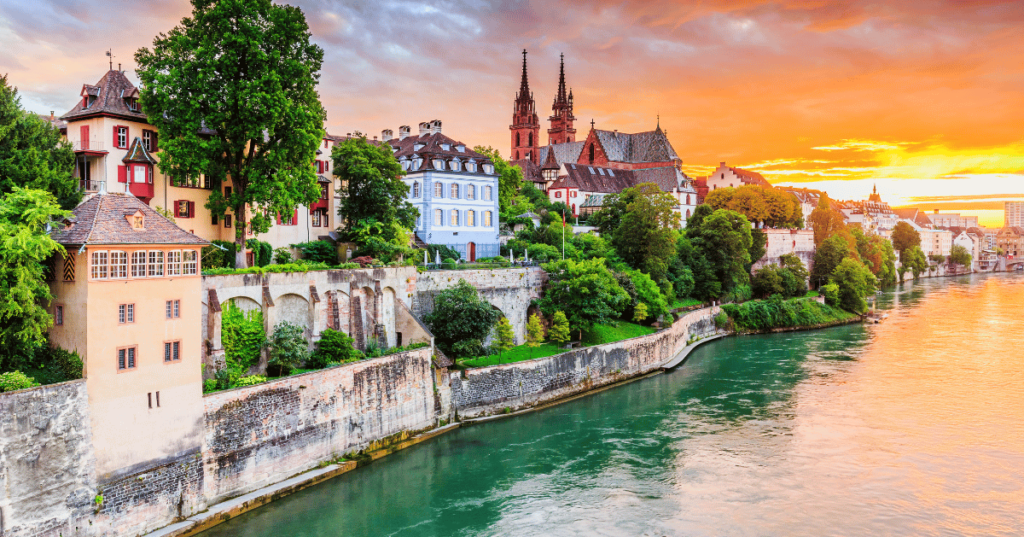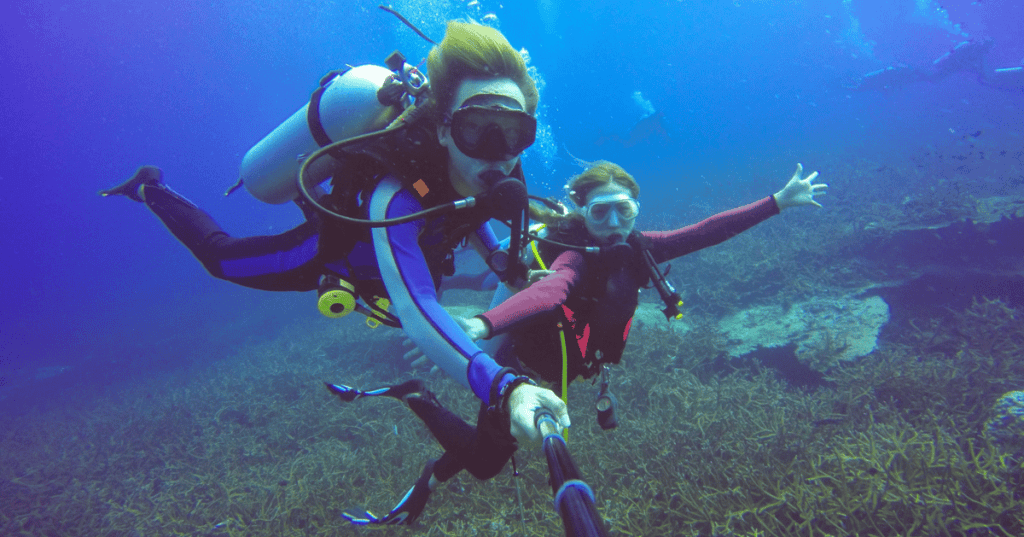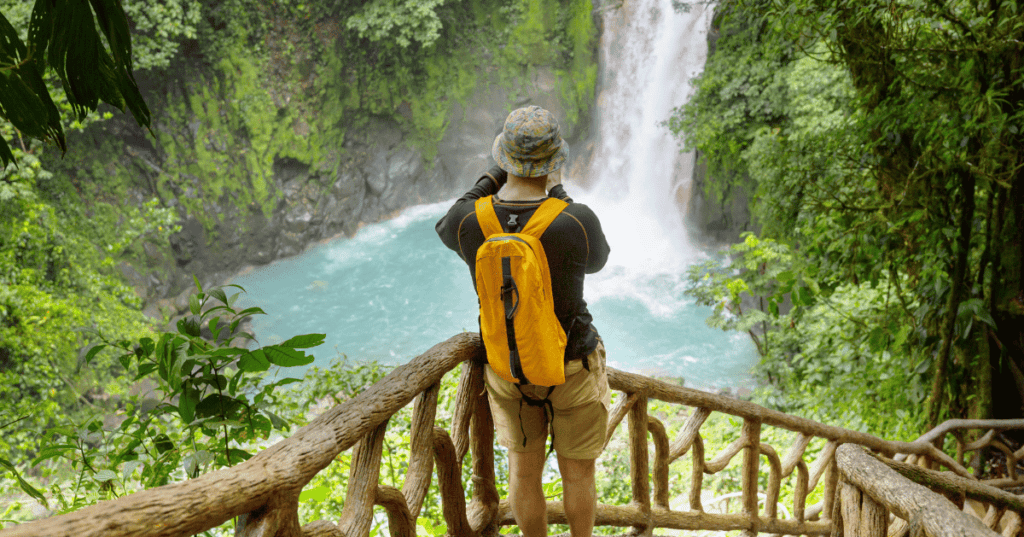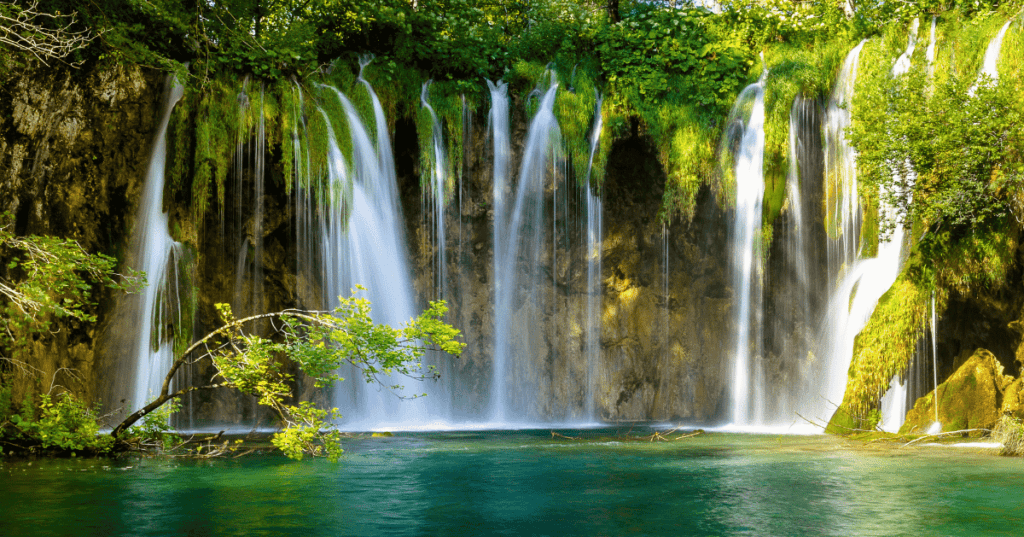Bako National Park is a must-see destination in Sarawak, Malaysian Borneo. This park, spanning 2,727 hectares, is a natural wonderland that offers a unique blend of adventure and tranquility. Whether you are a nature lover, a wildlife enthusiast, or simply looking for a peaceful retreat, Bako National Park has something special to offer.
Located just 37 kilometers from Kuching, the capital of Sarawak, Bako National Park is the oldest national park in Sarawak, established in 1957. It’s renowned for its stunning landscapes, diverse wildlife, and rich biodiversity. The park features a variety of ecosystems, including mangrove swamps, dipterocarp forests, and coastal vegetation, making it a haven for flora and fauna.
Bako’s trails are another major draw. The park boasts over 20 trails that range from easy walks to challenging hikes. Each trail offers its own unique sights and experiences, from beautiful beaches and dramatic cliffs to lush forests and cascading waterfalls.
What is Special About Bako National Park?
Bako National Park is renowned for its rich biodiversity and stunning natural features. Here’s what makes it special:
Bako National Park is a showcase of Borneo’s natural beauty. The park contains multiple ecosystems, including mangrove swamps, dipterocarp forests, and coastal vegetation. This variety supports a wide range of plant and animal species, making Bako a biological treasure trove.
One of the park’s biggest draws is its wildlife. Bako is one of the best places to see proboscis monkeys, which are unique to Borneo. These monkeys are easily recognizable by their large noses and potbellies. Besides proboscis monkeys, the park is home to over 150 bird species, including the rare rhinoceros hornbill, which is the state bird of Sarawak.
The park offers over 20 trails, catering to all levels of hikers. From easy walks to challenging treks, each trail offers something unique. The Telok Pandan Kecil trail, for example, leads to a stunning viewpoint overlooking a secluded beach. The Lintang trail is a circular route that takes you through various habitats within the park.
Bako’s 17-kilometer coastline features beautiful beaches, cliffs, and rock formations. The park’s famous sea stacks, such as the cobra head-shaped rock at Telok Assam, are popular photo spots. These geological formations have been sculpted by the wind and waves over millions of years.
The park is home to several waterfalls, including the popular Telok Pandan Waterfall. These waterfalls provide a refreshing break for hikers and are great spots for a swim. The pools at the base of the waterfalls are perfect for cooling off after a long hike.
Bako’s plant life is incredibly diverse. You can find everything from mangroves and dipterocarps to various species of pitcher plants and orchids. The park is also known for its unique rock formations, which provide habitats for specialized flora that you won’t find anywhere else.
For birdwatchers, Bako National Park is a haven. With over 150 bird species, you have a good chance of spotting rare and exotic birds. The park’s varied habitats attract a wide range of birdlife, making it a top destination for ornithologists and casual birdwatchers alike.
How to Get to Bako National Park
Reaching Bako National Park from Kuching, the capital of Sarawak, is straightforward. Start by traveling to Bako Village, which is about 37 kilometers away. You can take the red public bus No. 1 from the Kuching bus terminal. The bus ride takes about 45-60 minutes and is very affordable. Alternatively, you can use a taxi or a ride-hailing service like Grab for a quicker but more expensive trip.
Once you arrive at Bako Village, you’ll need to take a boat to the park. Head to the jetty where you can buy boat tickets. The boat ride to Bako National Park takes about 20 minutes and offers stunning views of the coastline. Boats operate from 8 AM to 3 PM, so plan accordingly. For safety, always wear a life jacket, and check the weather forecast since boats may not run in rough conditions.
Here are some practical tips for your trip: Start your journey early to make the most of your visit and have more transportation options. Pack essentials like water, snacks, sunscreen, and insect repellent. Also, bring cash as not all places in Bako Village accept credit cards. Remember, boats return to Bako Village until 3 PM, so plan your return trip carefully to avoid being stranded.
The Best Time to Visit Bako National Park
The best time to visit Bako National Park is during the dry season, from March to October. During these months, the weather is more predictable, and the trails are easier to walk on. You can enjoy hiking, see more wildlife, and have clear views for photos. The beaches and waterfalls are also more accessible.
The rainy season is from November to February. While it rains more during these months, the park is very green and lush. There are fewer visitors, so you can enjoy a quieter experience. The waterfalls are fuller and more impressive during this time.
Each season has its benefits. In the dry season, pack light clothing, sunscreen, and plenty of water. In the rainy season, bring waterproof gear and be careful on the trails. No matter when you visit, Bako National Park offers amazing natural beauty and unique experiences.
Cost of Visiting Bako National Park
Visiting Bako National Park is relatively affordable, making it accessible for a wide range of travelers. Here’s a breakdown of the costs you can expect:
Entry Fees
- Adult (Malaysian): RM10
- Adult (Non-Malaysian): RM20
- Child (Malaysian, 6-18 years): RM3
- Child (Non-Malaysian, 6-18 years): RM7
Transportation Costs
- Bus Fare: The bus ride from Kuching to Bako Village costs around RM3-5 per person.
- Taxi or Ride-Hailing Service: A taxi or Grab ride can cost between RM30-50 one way, depending on traffic and time of day.
- Boat Ride: The boat ride from Bako Village to the park headquarters costs about RM20-30 per person for a return trip. Prices may vary depending on the boat operator and the number of passengers.
Accommodation Costs
If you plan to stay overnight, Bako National Park offers several accommodation options:
- Hostels and Lodges: Prices range from RM40-100 per night, depending on the type of room and amenities.
- Campsites: Camping is available for about RM5-10 per night. You’ll need to bring your own camping gear.
Additional Costs
- Guided Tours: Hiring a guide can enhance your experience and costs around RM100-150 for a half-day tour.
- Food and Supplies: There is a canteen at the park headquarters where you can buy meals and snacks. Prices are reasonable but bringing your own snacks and water can save money.
Where to Stay in Bako National Park
Bako National Park offers a range of accommodations to suit different budgets and preferences. Staying overnight allows you to fully immerse yourself in the park’s natural beauty and maximize your wildlife viewing opportunities. Here are your options:
Park Lodges and Chalets
- Forest Lodge Type 5 (Resthouse): These are the most comfortable options, featuring air conditioning and private bathrooms. Ideal for families or those seeking more comfort.
- Forest Lodge Type 4: Basic but comfortable lodges with fans and private bathrooms. Suitable for small groups or couples.
- Forest Lodge Type 6 (Hostel): Dormitory-style rooms with shared bathrooms. A budget-friendly option for solo travelers or backpackers.
Campsites
For the more adventurous, Bako National Park offers designated camping areas. You’ll need to bring your own camping gear. Campsites are close to the park headquarters, providing access to basic facilities like toilets and showers. Camping is a great way to experience the park’s natural surroundings up close.
Booking Information
- Advance Booking: It is highly recommended to book your accommodation in advance, especially during peak seasons. You can book through the Sarawak Forestry Corporation’s website or at the park’s office in Kuching.
- Check-In: Check-in is at the park headquarters. Make sure to arrive during office hours to avoid any inconvenience.
- Food and Supplies: The park has a canteen where you can buy meals and snacks. However, it’s a good idea to bring some supplies, especially if you have dietary restrictions.
The Best Things to Do in Bako National Park
Bako National Park offers a variety of activities that allow visitors to fully experience its natural beauty and biodiversity. Here are some of the best things to do in the park:
Hiking and Exploring Trails
With over 20 trails, hiking is a must-do activity in Bako. Each trail offers unique sights and experiences:
- Telok Pandan Kecil: Enjoy a moderate hike to a beautiful beach and viewpoint.
- Lintang Trail: Explore different habitats on this loop trail.
- Ulu Assam: Challenge yourself with a tougher hike through dense forests.
Wildlife Watching
Bako is one of the best places to see wildlife in Borneo. Look out for:
- Proboscis Monkeys: Spot these unique monkeys, especially around the mangroves.
- Birds: With over 150 species, birdwatching is rewarding. Look for the rhinoceros hornbill and other exotic birds.
- Bearded Pigs and Macaques: Commonly seen around the park headquarters.
Visiting Waterfalls
The park’s waterfalls are perfect for cooling off after a hike:
- Tajor Waterfall: Enjoy a swim in the refreshing pool at the base of this picturesque waterfall.
Beach Activities
Relax and enjoy the park’s beautiful beaches:
- Telok Pandan Kecil and Telok Pandan Besar: Both beaches offer stunning views and opportunities for swimming and picnicking.
Mangrove Boardwalk
Explore the park’s mangrove ecosystem on the boardwalk near the park headquarters. It’s an easy walk where you can see mudskippers, crabs, and other unique wildlife.
Night Walks
Experience the park’s nocturnal wildlife by joining a guided night walk. This is a great way to see creatures that are active after dark, like insects, frogs, and bats.
Guided Tours
Consider hiring a local guide to enhance your visit. Guides can provide insights into the park’s flora and fauna and help you spot wildlife you might miss on your own.
Practical Tips
- Best Time to Visit: The dry season (March to October) offers the best hiking conditions and wildlife viewing opportunities.
- Preparation: Wear sturdy hiking shoes, bring plenty of water, insect repellent, and a camera.
- Respect Nature: Follow park rules, stay on designated trails, and do not disturb wildlife.
By engaging in these activities, you can fully appreciate the natural wonders of Bako National Park and make the most of your visit.
Hiking and Exploring Trails
Bako National Park is known for its diverse network of trails, which cater to different fitness levels and interests. Here are some of the most popular trails:
Telok Pandan Kecil
This moderate trail is 2.6 kilometers one way. It takes you through the forest and ends at a stunning viewpoint overlooking a secluded beach. After descending to the beach, you can enjoy a swim and spot wildlife along the way.
Lintang Trail
The Lintang trail is a 5.25-kilometer loop that offers a comprehensive overview of the park’s diverse habitats. It passes through mangroves, forests, and swamps, providing opportunities to see various plant species and wildlife. It’s perfect for those wanting to experience Bako’s rich biodiversity in a single hike.
Telok Pandan Besar
This shorter, moderate trail is 1.7 kilometers one way. It leads to a beautiful beach and offers fantastic views of sea stacks. It’s ideal if you’re short on time but still want to experience Bako’s coastal beauty.
Ulu Assam
Ulu Assam is a hard, 6.7-kilometer trail that takes you deep into the park. It passes through dense forests, offering the chance to see rare wildlife and enjoy the solitude of Bako’s remote areas. It’s best for experienced hikers seeking adventure.
Tanjung Rhu
This easy, 0.5-kilometer trail is perfect for a leisurely walk. It leads to a cliff with panoramic views of the South China Sea, making it great for photography and relaxing.
Tajor Waterfall
The trail to Tajor Waterfall is moderate and 2.75 kilometers one way. It ends at a picturesque waterfall where you can swim in the natural pool at the base, a refreshing way to cool off after the hike.
Conclusion
Bako National Park is a gem in Sarawak, Malaysian Borneo, offering visitors a chance to immerse themselves in the stunning natural beauty and rich biodiversity of the region. From its diverse hiking trails and abundant wildlife to its serene beaches and fascinating coastal activities, Bako provides a unique and unforgettable experience for nature lovers and adventure seekers alike.
Whether you’re trekking through the lush forests, spotting proboscis monkeys and exotic birds, or relaxing on a pristine beach, Bako National Park has something for everyone. The park’s well-preserved ecosystems and scenic landscapes make it a must-visit destination for anyone traveling to Borneo.
Plan your visit to coincide with the dry season for the best hiking conditions and wildlife sightings, and be sure to bring essential items like sturdy footwear, insect repellent, and plenty of water. Respect the park’s natural environment, follow safety guidelines, and enjoy all the incredible experiences Bako has to offer.

